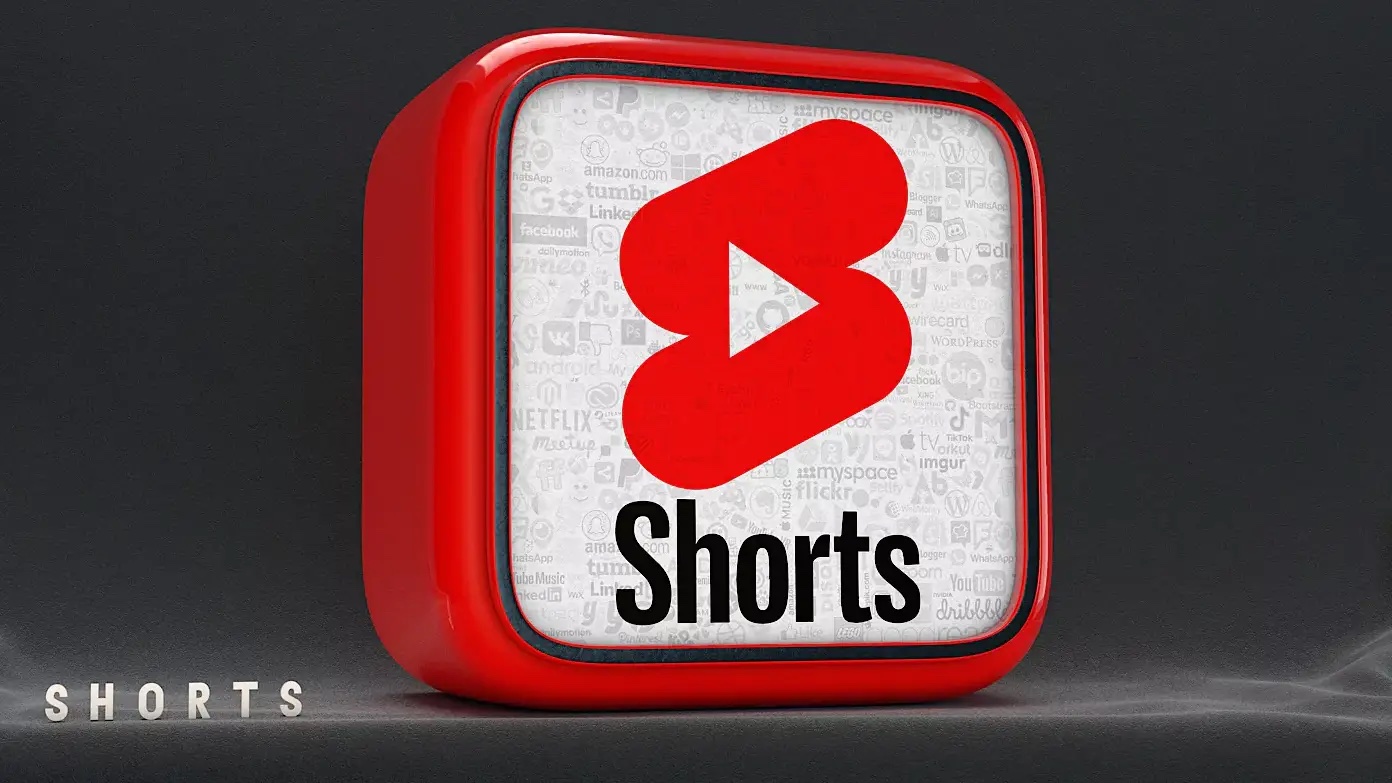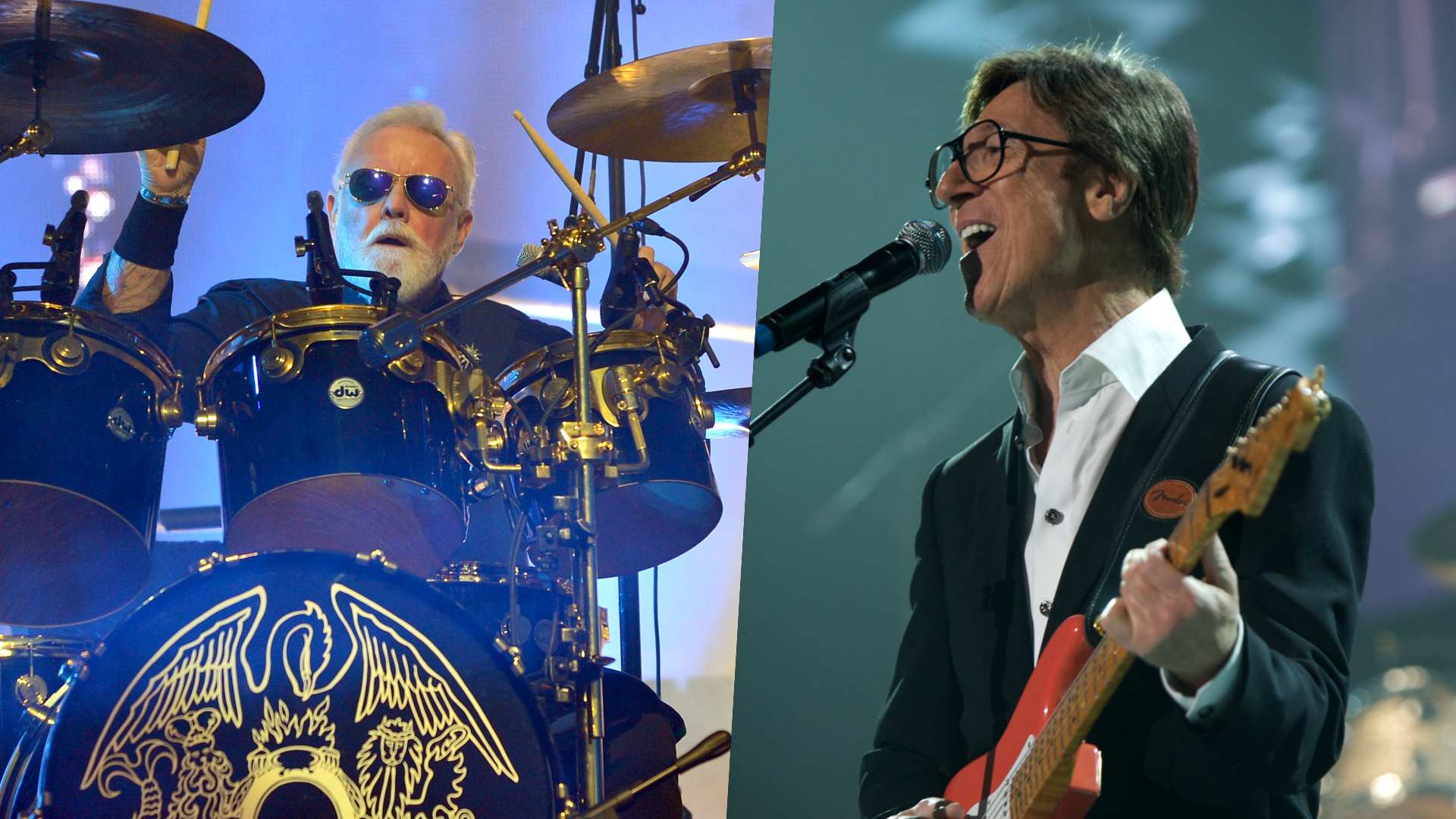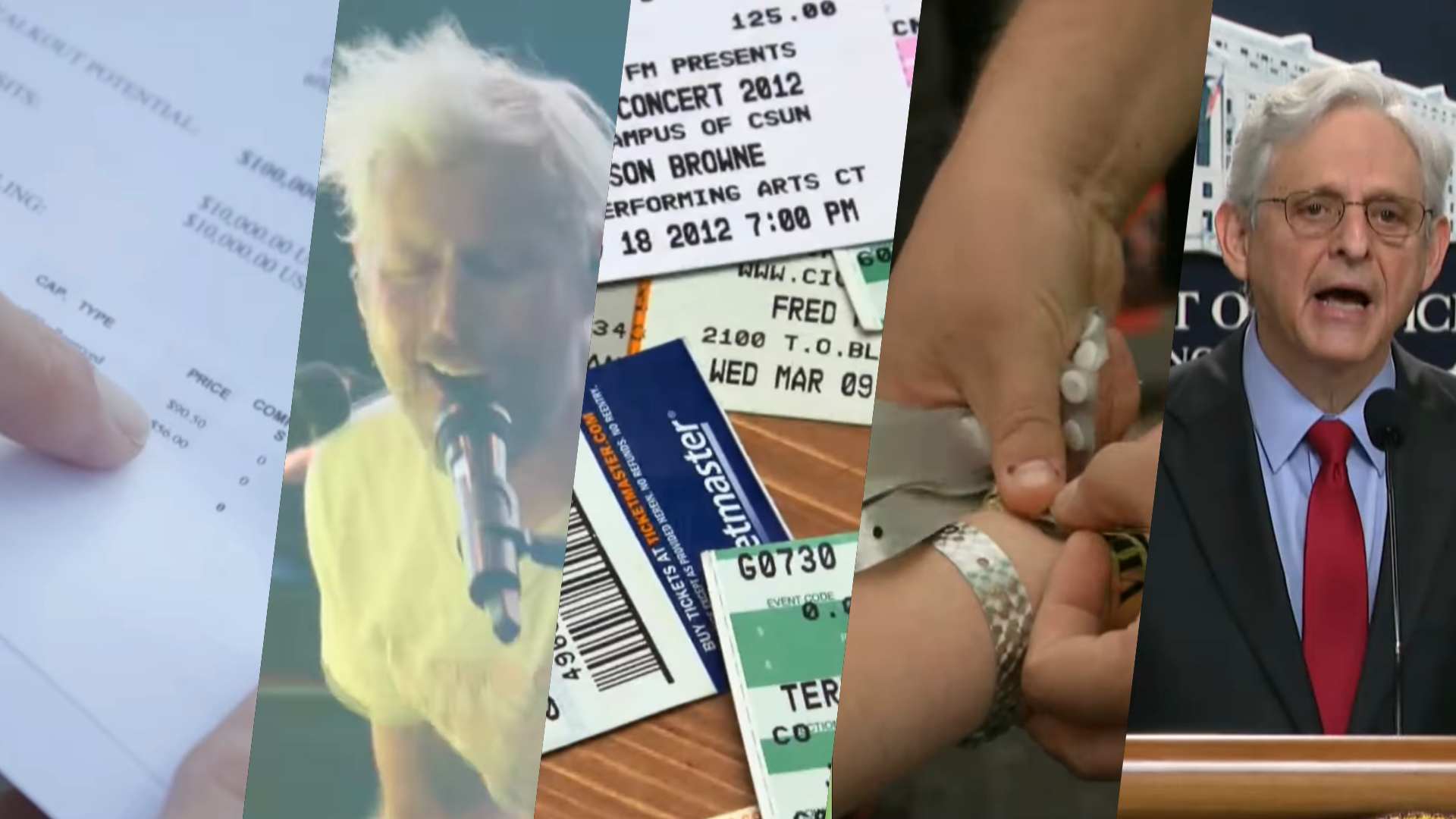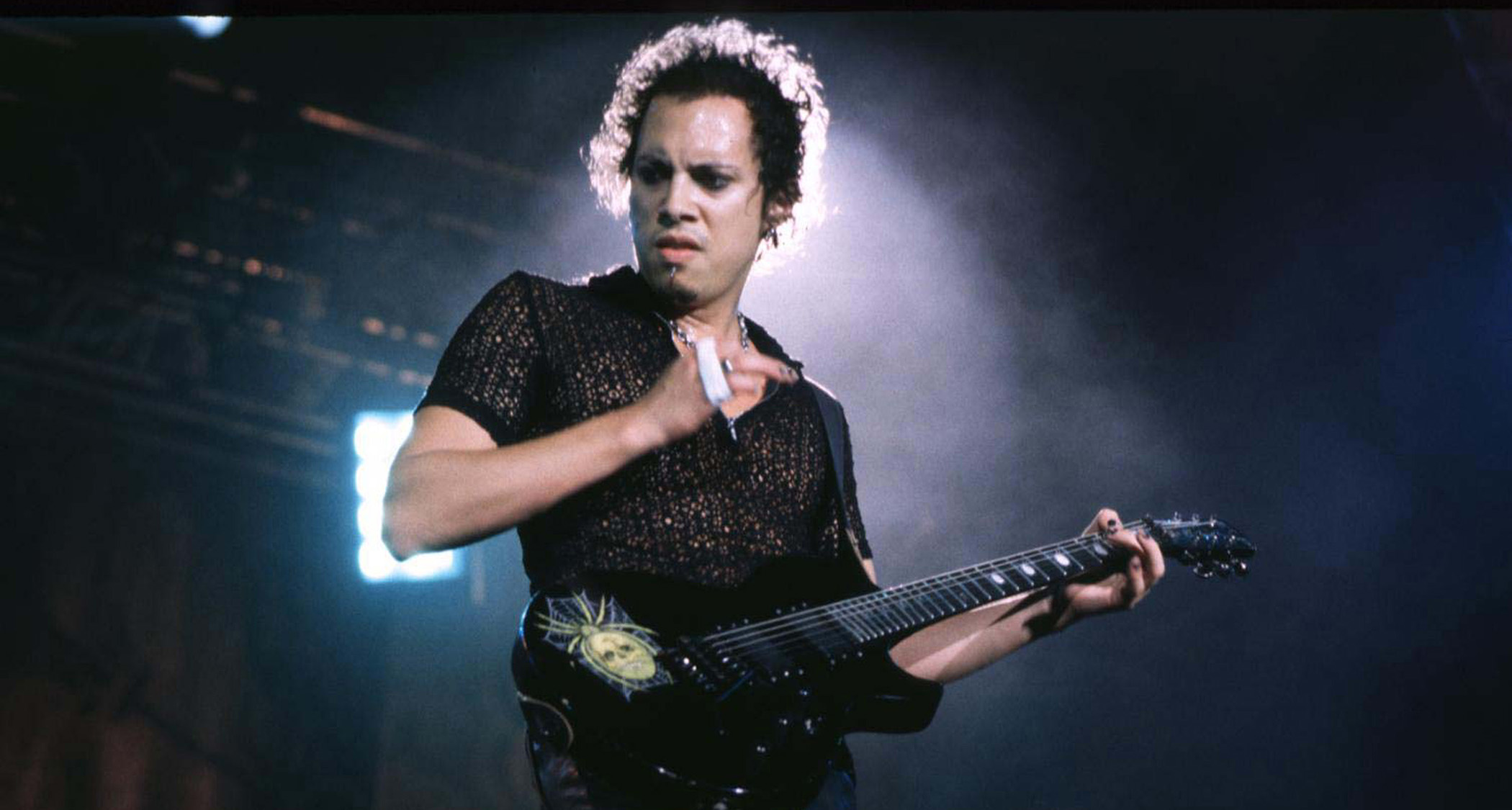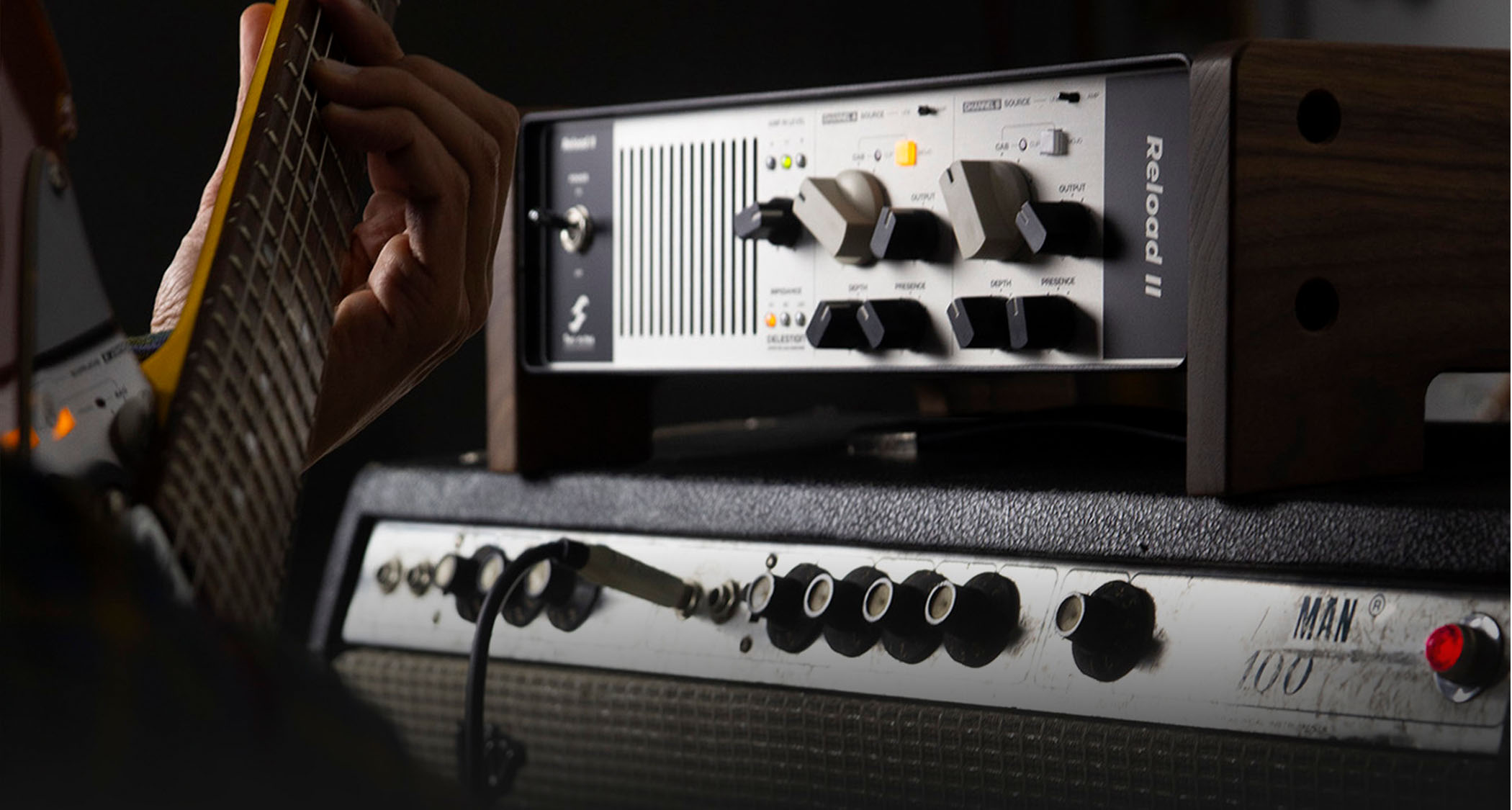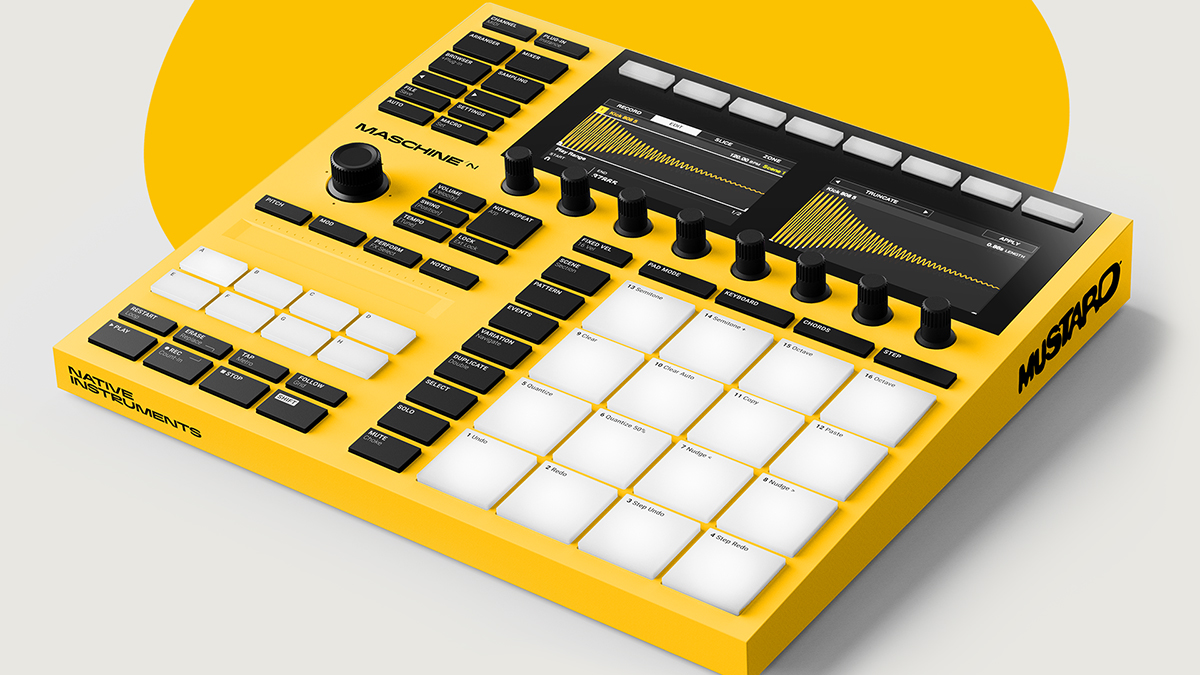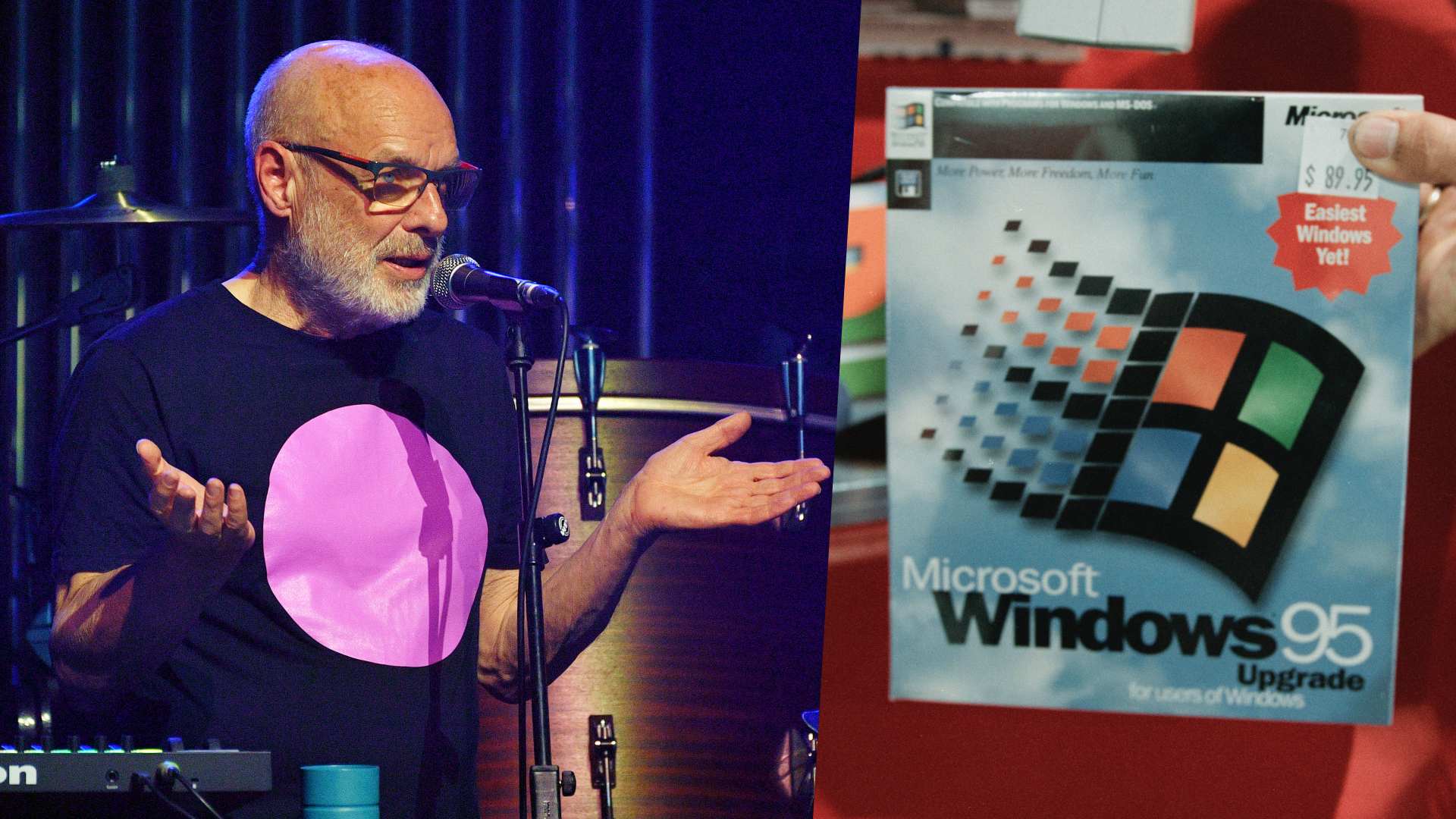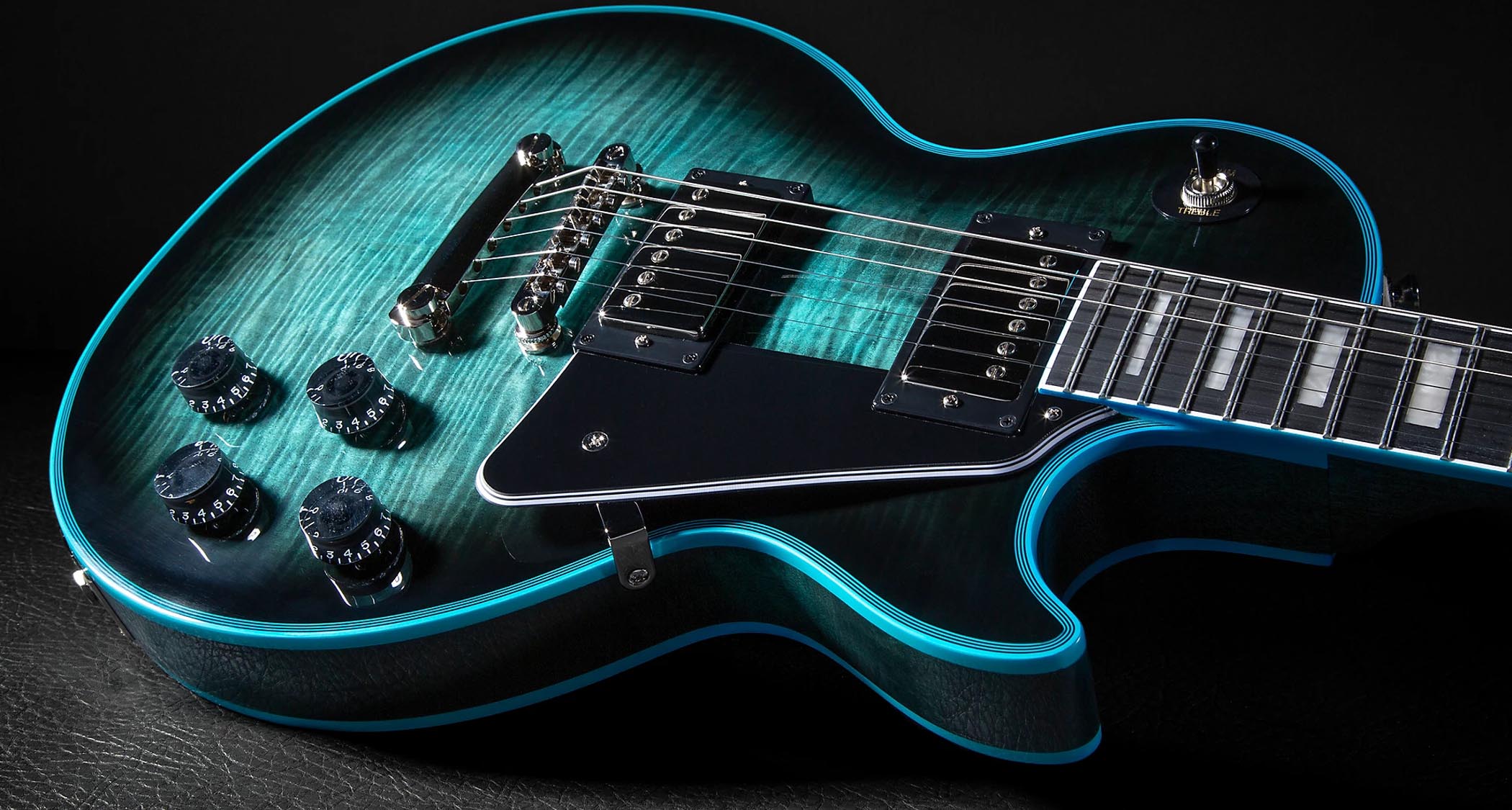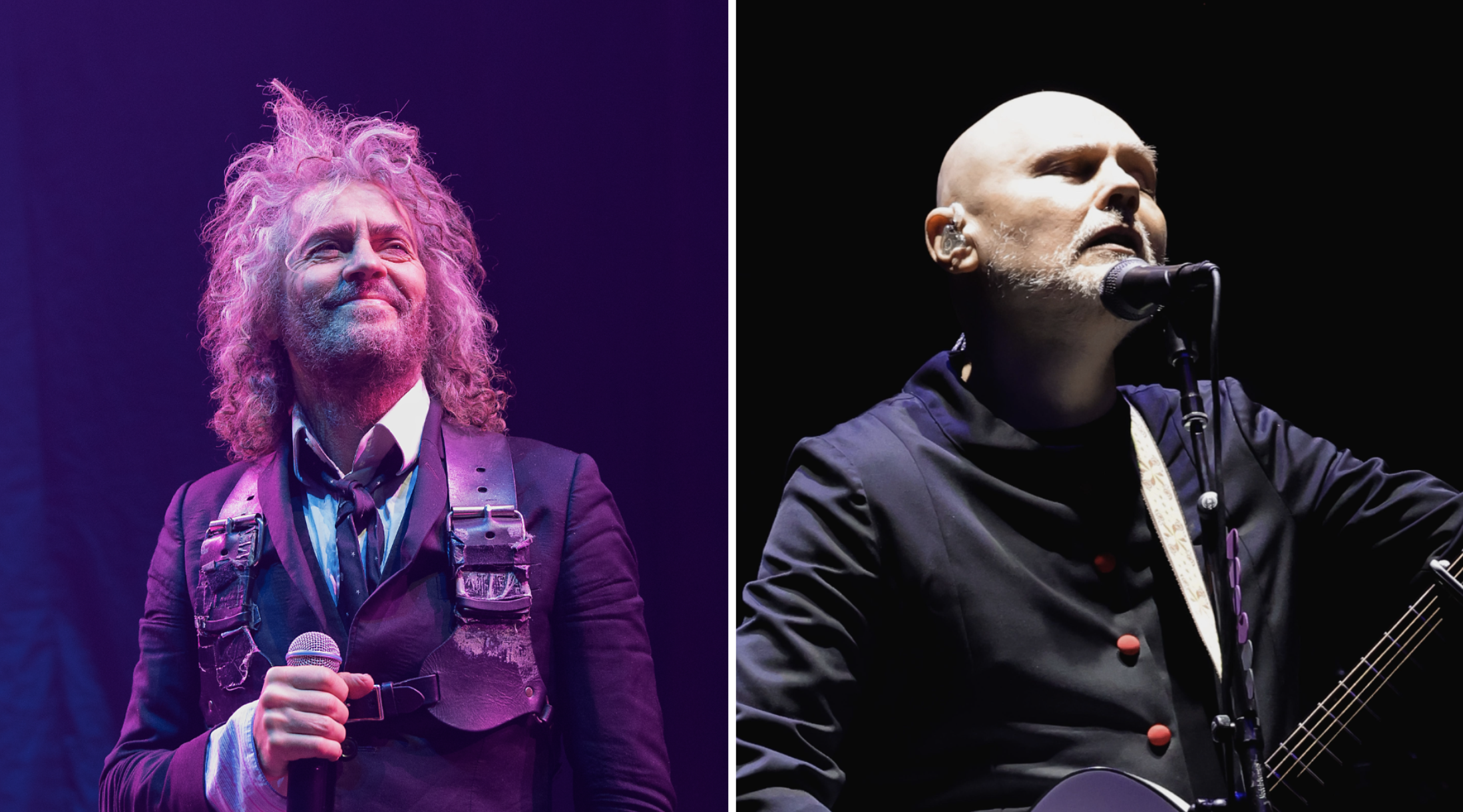“It had so much weight. So much power”: How Led Zeppelin’s Communication Breakdown set the template for heavy metal and inspired a legendary punk guitarist
It’s unlike any other song on Zep’s first album
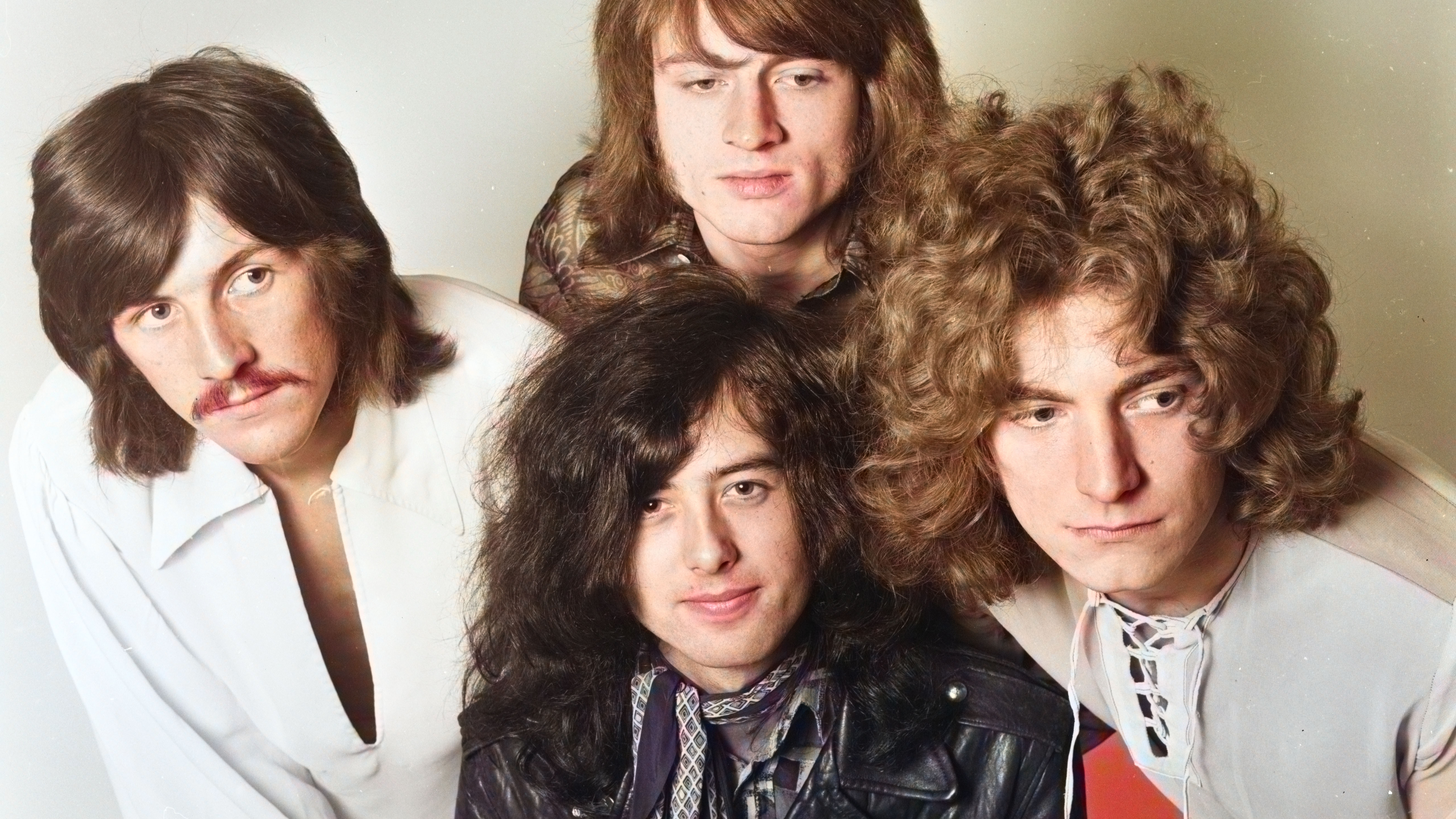
On the morning of 3 October 1968, four young men collectively known as the New Yardbirds arrived at Olympic Studios in the leafy suburb of Barnes, south-west London, to record a song that would become a high point of their self-titled debut album.
The band had just completed their first tour, in Scandinavia, and the new song was already a fan favourite. It had originally been called Too Good. But by the time they arrived at Olympic Studios on that autumn morning, it had a new title, Communication Breakdown.
Sessions for the album took place through September and October 1968, and when they had finished the band had a new name: Led Zeppelin.
Much has been written about the early years of Led Zeppelin, how mercurial session guitarist and former Yardbird Jimmy Page set about constructing a powerful new band from the ashes of his former group, which played its final gig on 7 July, 1968.
Determined to keep the band going, even if it meant replacing every single member in the process, Page compiled an A-list of potential musicians to recruit into the new line-up. Jack Bruce, Ron Wood, Steve Winwood, Aynsley Dunbar, Clem Cattini and Terry Reid were among the stellar names considered. But all were either not available or not interested.
In the end, Page reassessed his options. He recruited another seasoned London session player, John Paul Jones, on bass and keyboards.
“I jumped at the chance to get him,” Page recalled. “Musically he’s the best of us all.”
Get the MusicRadar Newsletter
Want all the hottest music and gear news, reviews, deals, features and more, direct to your inbox? Sign up here.
Meanwhile, a recommendation from Terry Reid led him to 19-yr-old West Bromwich-born vocalist Robert Plant, who in turn recommended his friend and fellow Midlander, John Bonham, on drums.
Page and the band’s manager Peter Grant went to see Bonham playing with American singer Tim Rose in Hampstead, north London. “He did this short, five-minute drum solo and that’s when I knew I’d found who I was looking for,” Page recalled.
Plant once said of Zeppelin’s self-titled debut album: “It had so much weight, so much power.”
And in many ways, Communication Breakdown is unlike any other song on that record.
While tracks such as Dazed And Confused meld mammoth riffs and rhythms with the fluidity and feel of the blues, Communication Breakdown is taut and spiky, a dynamic, driving 4/4 rocker which clocks in at an impressively lean two minutes and 26 seconds.
The song set a template for hard rock, heavy metal and punk.
Communication Breakdown started life as a Jimmy Page guitar riff, inspired by the Eddie Cochran track Nervous Breakdown. The song was written and developed by all four members of the band, although Robert Plant isn’t credited due to the stipulations of a previous record contract.
Written in the key of E major it motors along at 175 bpm, kicking off with the dynamic riff with its dramatic D-A-D stops and accents, before the whole band piles in ten seconds in. At that point the track’s tight, punchy constrained feel is offset by Plant’s mighty echo-soaked freeform wail. “Heeeey girl, stop what you’re doin’”.
32 seconds in and the breakneck track shifts up to A7 and B7 for the chorus: “Communication breakdown, it’s always the same/I’m having a nervous breakdown/Drive me insane”.
John Paul Jones’ bass line opens up at this point into nimble runs that swoop and dive and make this track soar.
At 1:24, Page’s solo enters the mix, a blistering, squalling burst of notes for which Page used a 1967 Vox wah, set stationary at the full ‘toe down’ position, to boost the treble EQ.
Page’s guitar on the verses and choruses is the element that gives the song real edge and bite. The sound is dry, narrow and compressed, a tone once described as a “guitar in a shoebox” sound.
The guitar used by Page on Communication Breakdown and the entire album was his 1959 Fender Telecaster with rosewood neck, a gift from Jeff Beck in 1966.
In February 1967, Page decorated the Tele with eight circular mirrors before repainting it and replacing the black pickguard with a transparent acrylic one and inserting a sheet of diffraction grating film, which created a spectrum of colours when hit by light.
This was his so-called Dragon Telecaster, his go-to guitar when he formed Zeppelin in 1968.
One of the distinctive features of Communication Breakdown is that Page plays the riff with downstrokes only.
It’s a style that years later would inspire a young John Williams Cummings – aka Johnny Ramone – as he hatched a minimalistic masterplan for his new band the Ramones in 1974. In the documentary Ramones: The True Story, Johnny Ramone said he built up his downstroke style by playing Communication Breakdown over and over during his early career.
The amp that Page used on Communication Breakdown was a 1959 Supro Coronado 1690T. This amp underwent several modifications after being badly damaged when it fell out of the back of a van when Page was touring with Neil Christian and the Crusaders in the early ’60s. Most of the tonal variation heard on Communication Breakdown was due to the Supro’s four individually voiced inputs and distance mic'ing.
In a 1977 interview with Steve Rosen of Guitar Player magazine, Page explained how he used distance mic-ing to help create the guitar sound on Communication Breakdown.
"I put [the amp] in a small room, a tiny vocal booth-type thing and miked it from a distance,” Page said. “You see, there's a very old recording maxim which goes, 'Distance makes depth'. I've used that a hell of a lot on recording techniques with the band generally, not just me. You're always used to them close-miking amps, just putting the microphone in front, but I'd have a mic right out the back, as well, and then balance the two, to get rid of all the phasing problems; because really, you shouldn't have to use an EQ in the studio if the instruments sound right. It should all be done with the microphones.”
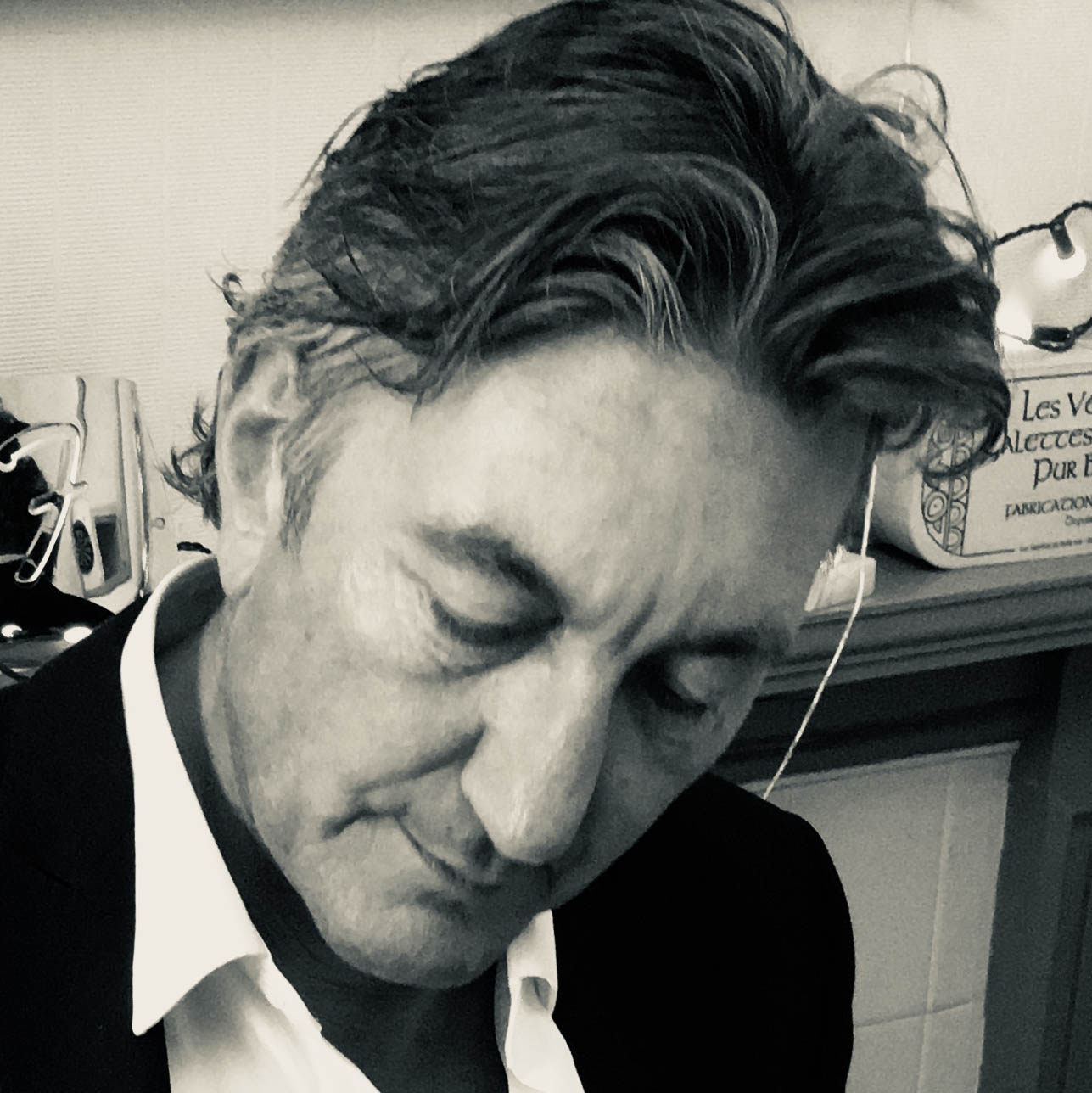
Neil Crossley is a freelance writer and editor whose work has appeared in publications such as The Guardian, The Times, The Independent and the FT. Neil is also a singer-songwriter, fronts the band Furlined and was a member of International Blue, a ‘pop croon collaboration’ produced by Tony Visconti.

